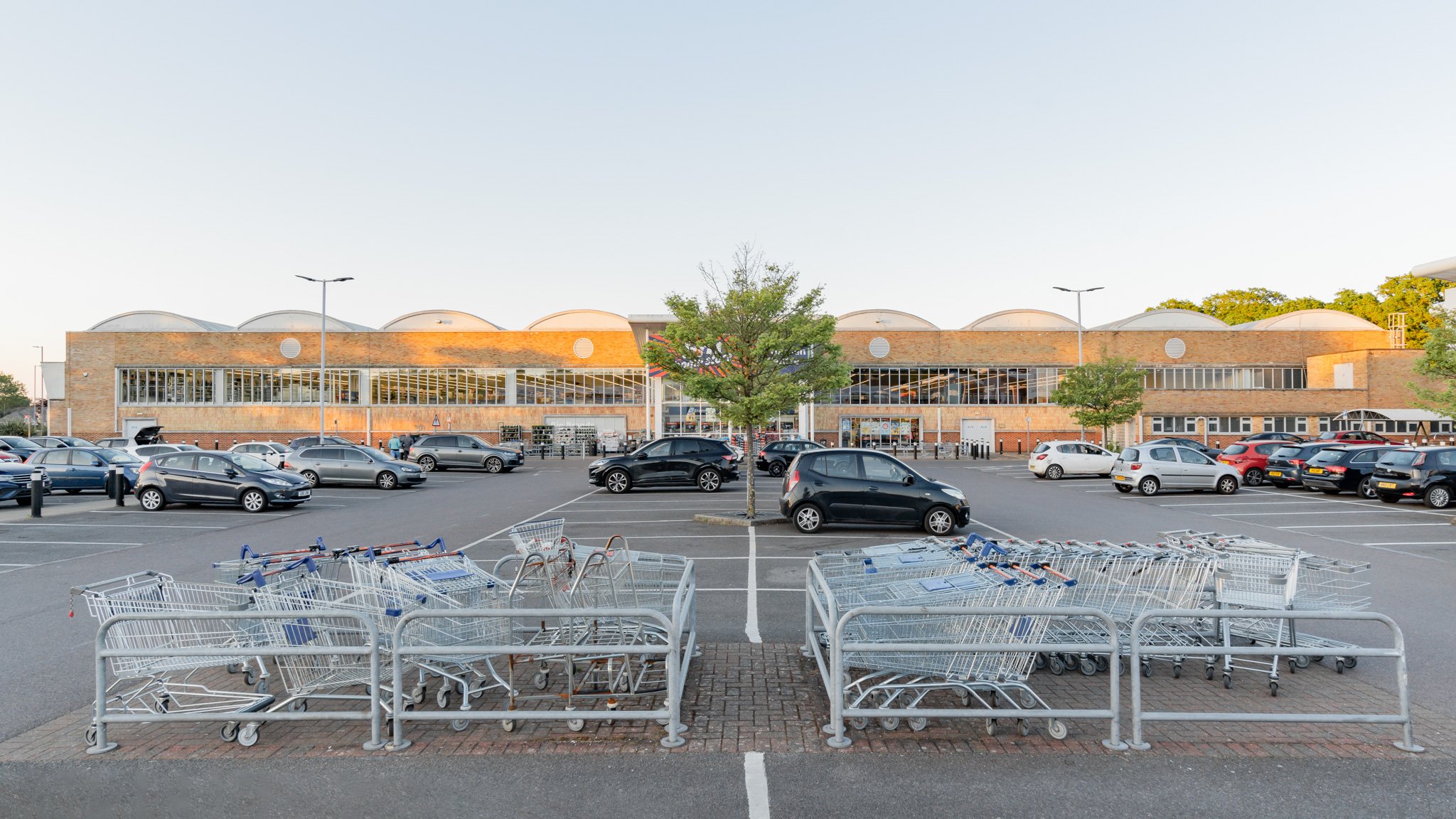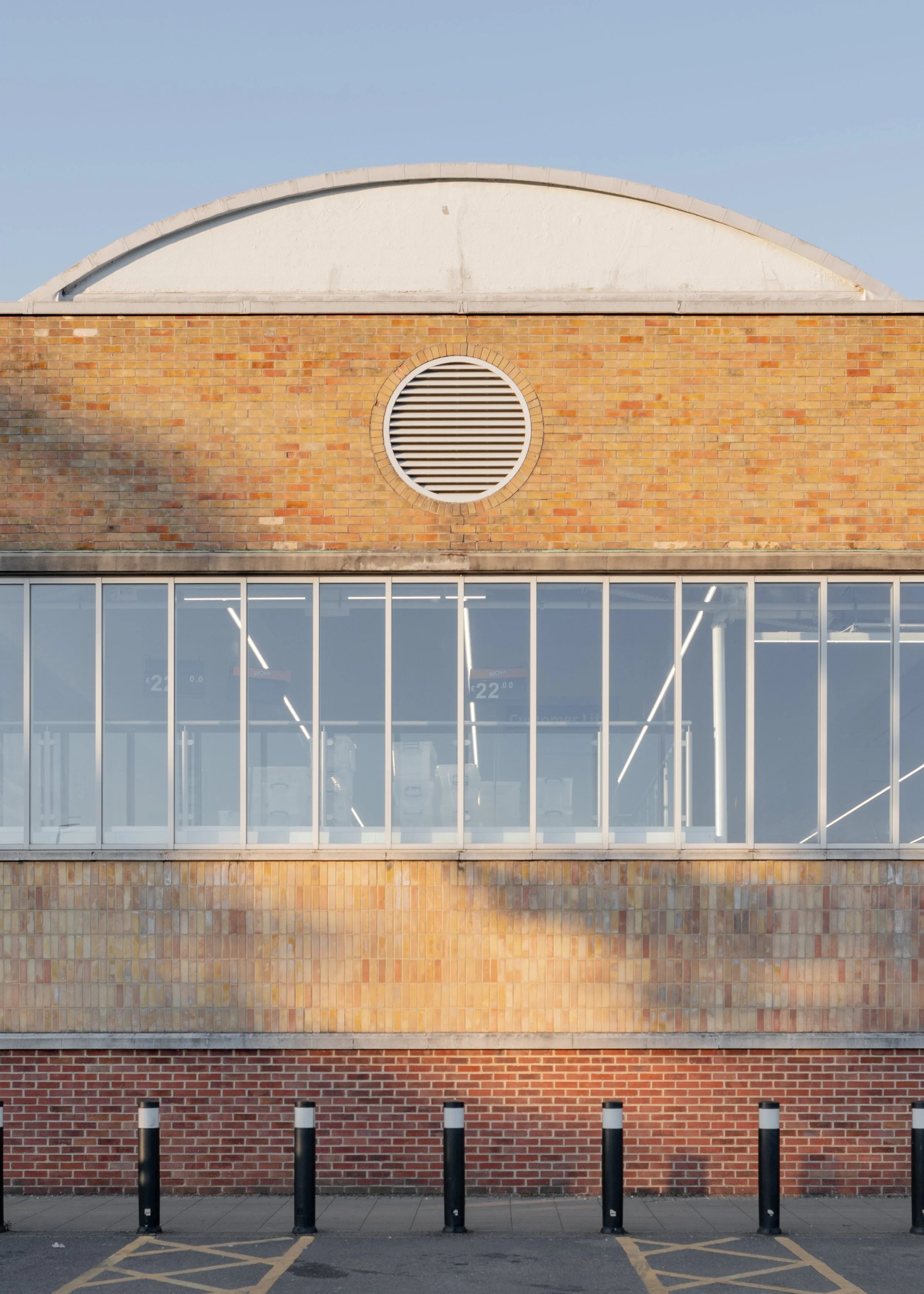
Nestled in Bournemouth’s Strouden Park, the Mallard Road Bus Depot stands as a quiet testament to mid-20th-century engineering. Built between 1950 and 1951 by Jackson and Greenen for Bournemouth Corporation, the depot was designed to house buses and trolleybuses, with structural expertise provided by Alfred Goldstein.
Its most striking feature? A thin-shell reinforced concrete roof, formed by nine cylindrical vaults, making it Britain’s largest span of shell construction at the time and the first to be post-tensioned. This pioneering design influenced many similar structures across the country.
For decades, the depot was a hub of activity, serving Bournemouth’s iconic Yellow Buses. However, in 2007, the site transitioned into a retail park, with the Grade II-listed depot garage still standing, now housing a retail store. Despite its new commercial role, the depot’s distinctive humped roof remains a nostalgic marker of Bournemouth’s transport history.
One of the most notable preservation efforts has been the retention of the original depot doors, which still stand as a reminder of the site's transport heritage. These doors, once the gateway for Bournemouth’s fleet, now serve as a subtle yet significant architectural relic, maintaining a connection to the depot’s past.
Though its original function has faded, the Mallard Road Bus Depot continues to whisper stories of innovation, movement, and urban evolution. A relic of Bournemouth’s past, it reminds us that even the most utilitarian structures can hold architectural significance.


